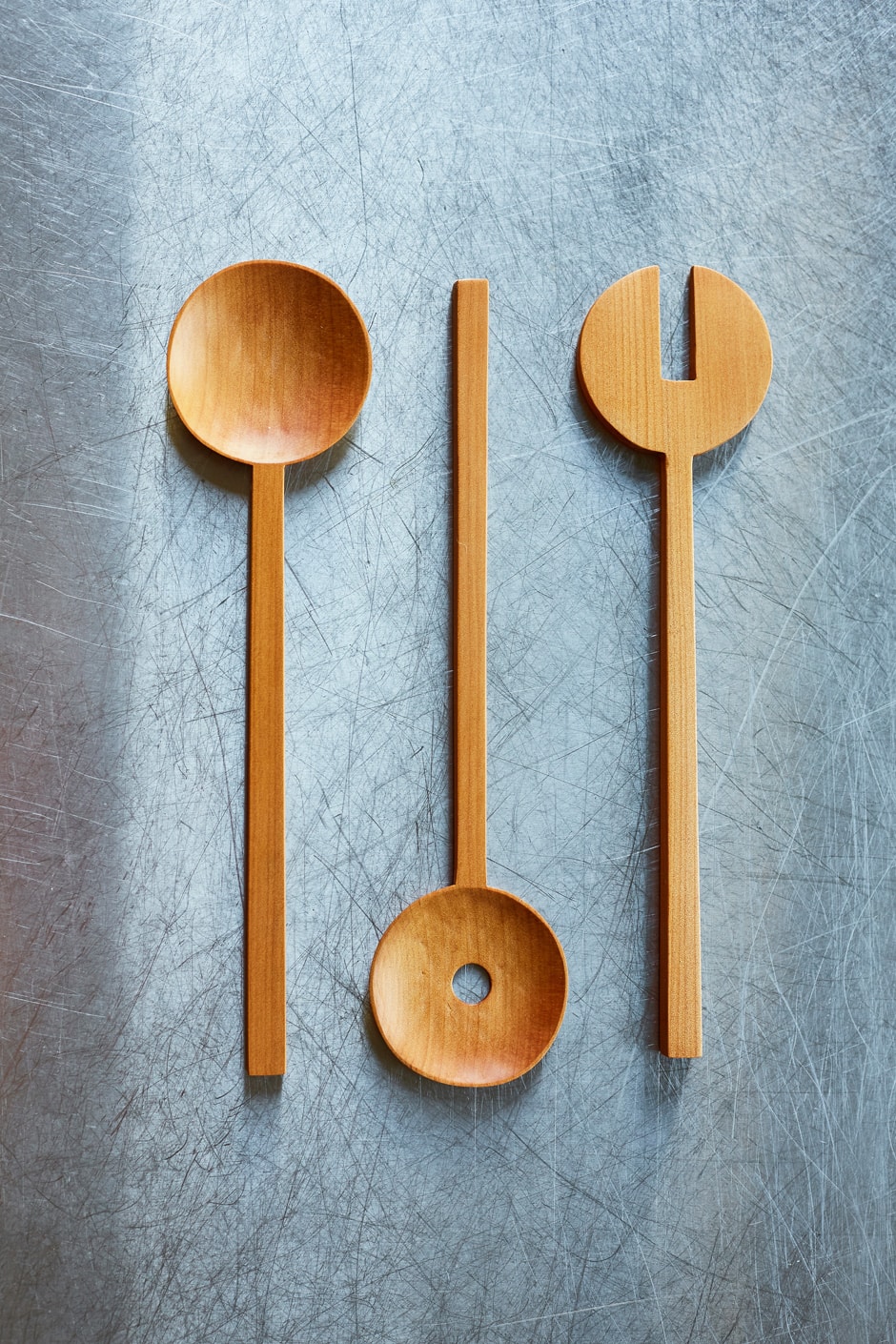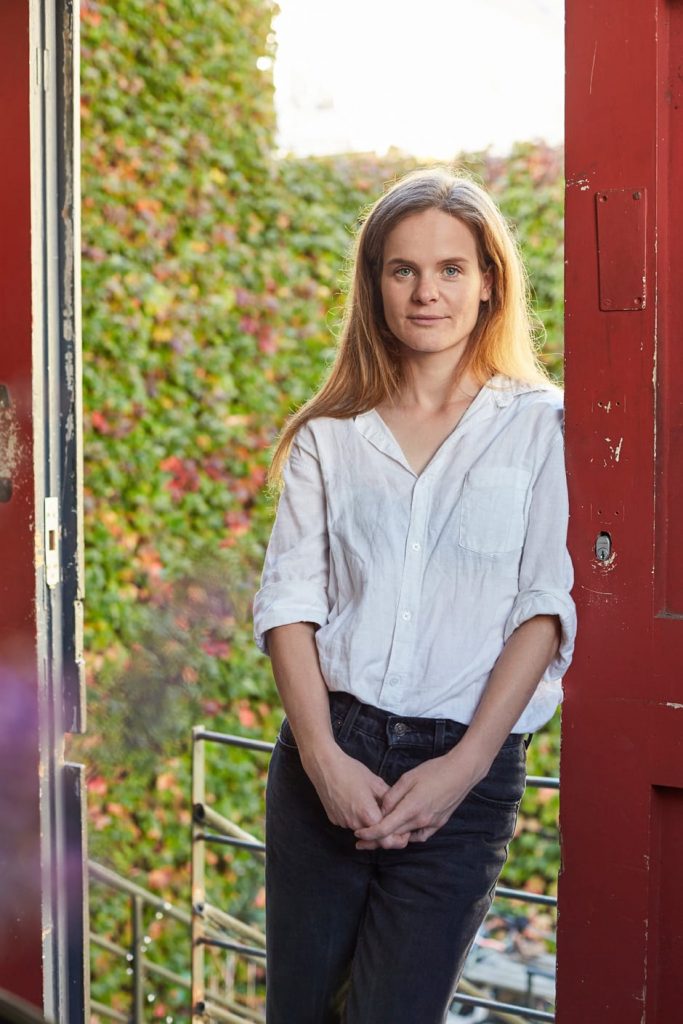Courtney Petley is finding success handcrafting some of the coolest cooking utensils around.
While working long hours in the fashion industry, Auckland’s Courtney Petley found she needed a hands-on creative outlet to help her wind down at the end of the week. In the absence of a dining table and chairs in her flat, she started spending her weekends sourcing second-hand wooden furniture, then taking it apart, sanding it down and putting it back together.
“I found I enjoyed working with wood and wanted to do more,” she says. “I think it was my love of cooking and dissatisfaction with the basic selection of utensils out there that led me to buy a knife and give carving a go.”

So do you have a background in design and craft? I’m a hands-on person, and I’ve always had some sort of craft on the go. When I was little girl, I made clothes for my Barbies by tracing the shape of a dress around their bodies onto fabric, cutting out two pieces and hand-stitching them together, then at high school, I made ball gowns for me and my friends. During and after university, where I studied fashion, I began making most of my own clothes. At one point a few years ago, I even made a wedding dress.
As well as clothing, I’ve made sculptures out of concrete and experimented with knitting – there’s a half-made blanket at my parents’ house somewhere. At the moment I’m also really into making condiments and spreads.
Where do you create your utensils? I go between community workshop The Claystore in Devonport and my studio on Upper Queen Street. I do all of my planning and designing at my studio, and I find it hard to switch off, so I also spend a lot of time in my head working through new designs, techniques and production processes. I can obsess over one idea for weeks; it’s not until it’s made that I’m able to move on to the next.
What does a typical day of making involve? The Claystore is only open for three hours at a time, so I have to go in prepared. When I’m doing a full day of woodwork, I usually spend the morning there, mostly on the bandsaw and the sanding wheel. The bandsaw is where I cut out all my shapes, and the sanding wheel is where I refine them; this helps reduce the time it takes me to carve.
Back at the studio, I usually start the afternoon with a bit of carving – either carving out the scoops in the spoons or further refining pieces that have been cut then shaped on the sanding wheel. I always have a pile of half-finished stuff, so I like to end the day sanding and finishing things up – it makes me feel like I’ve accomplished something! To reduce the pain in my hands, I try to mix it up, making sure I do only a few hours of carving and a few hours of sanding at
a time, with lots of stretching in between. It’s an approach that’s taken me a few physio and acupuncture sessions to learn.
Do you have a favourite type of timber? Heart rimu has the most gorgeous grain. I love watching it develop, but it’s a very hard wood to work with, so I don’t use it for spoons as much as I’d like. Recently I was given some beautiful 100-year-old kauri weatherboards by a volunteer at The Claystore that I’m really enjoying using. The grain is subtle, but it carves so well and has a lovely lustre.
What are the tools of your trade that you can’t do without? I use about five different tools, but I couldn’t do without my knives. I have a hook knife shaped like a ‘J’ that I use to carve the scoops of my spoons, and a short blade that I do all the fine carving and shaping with. These tools make my shapes what they are, and I feel the most creative and immersed in the process when I’m working with them.

What keeps you going while you work? I find the sound of voices in the background so nice, so I listen to a lot of podcasts while I’m carving. It’s usually something I don’t have to pay too much attention to; I’m so in my head analysing what I’m working on and what it could become that I couldn’t concentrate on an interview or a story if I tried. While I’m sanding, I like to have music playing – usually something I can tune out.
Given you make cooking utensils, are you pretty handy in the kitchen? I love cooking – I find it so relaxing. I enjoy it the most when I’ve run out of groceries so I’m forced to be creative with what I have. One of my favourite dishes is pasta; I go between a classic tomato sauce and a vege Bolognese. I use a lot of cookbooks, but Ottolenghi is my hero.
petley.store
Interview Alice Lines
Photography Neeve Woodward






